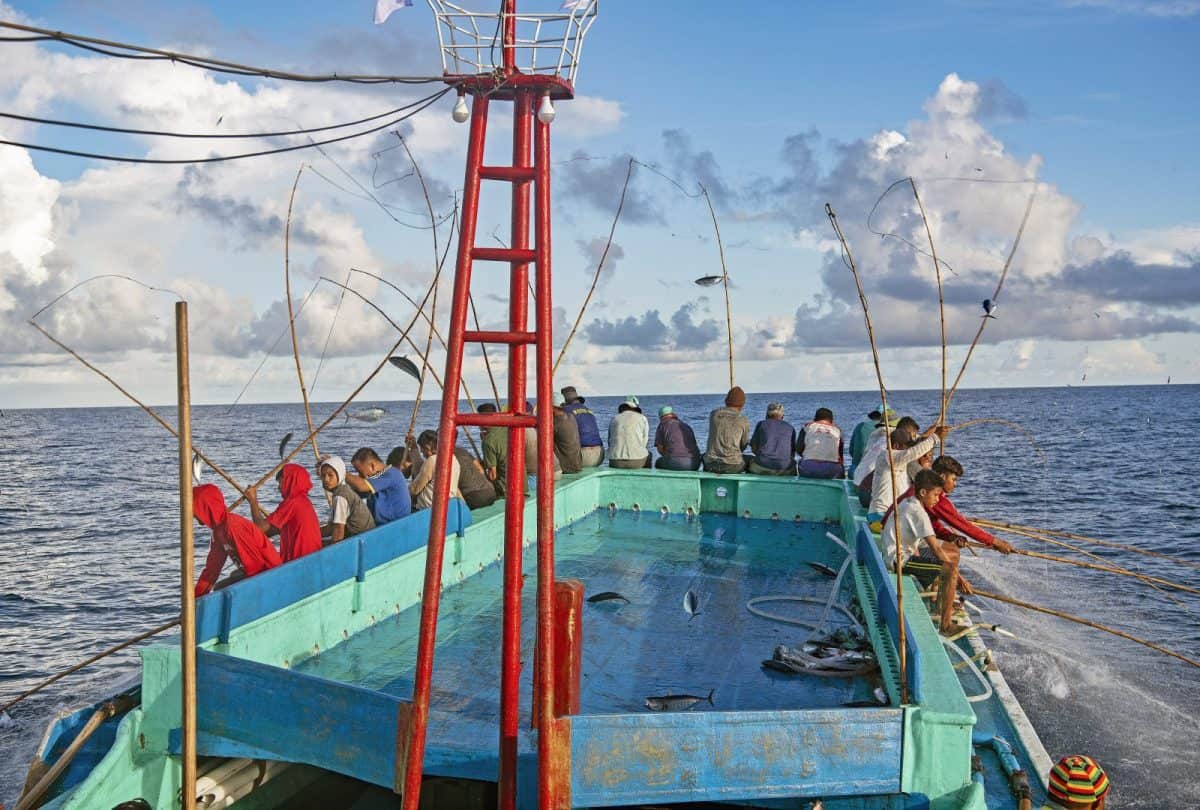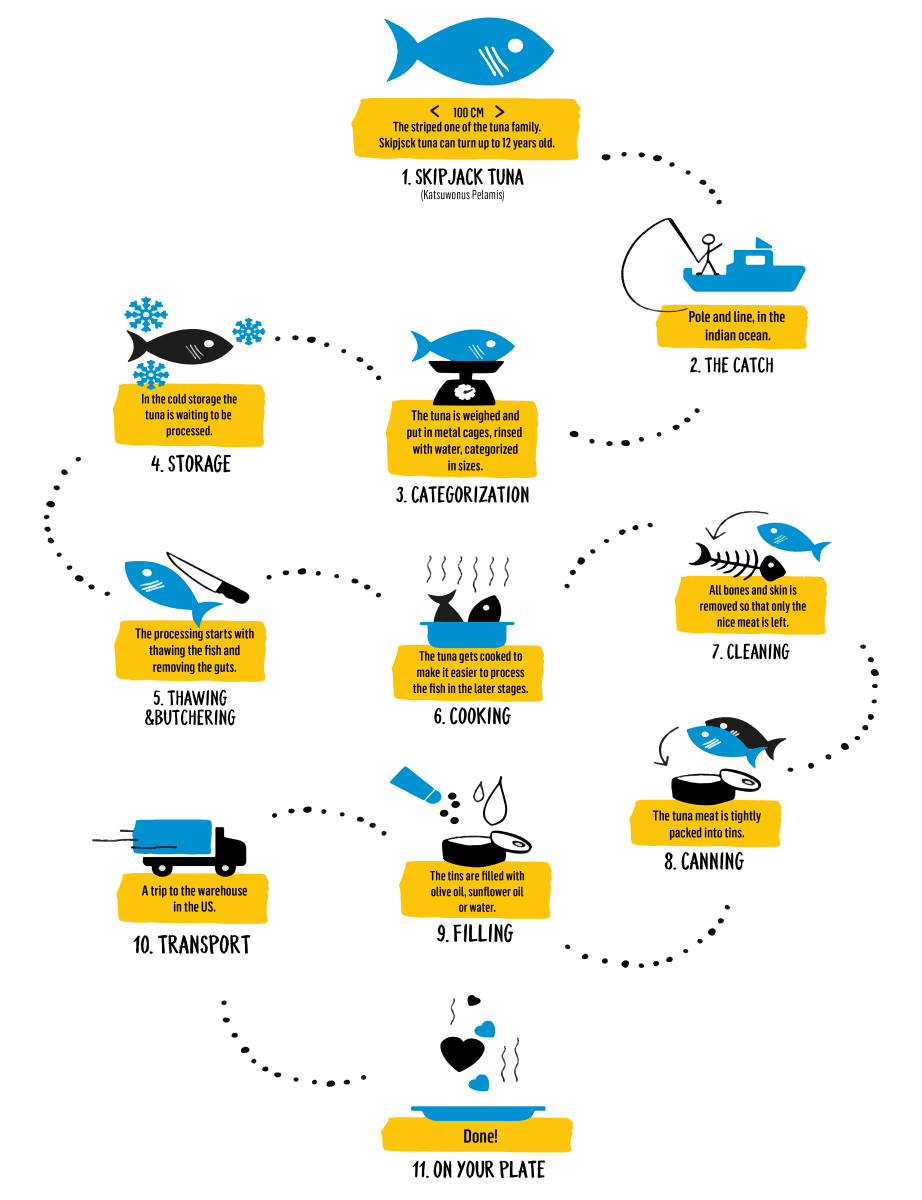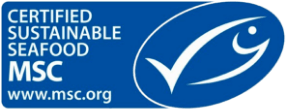Skipjack in olive oil
-
Certificates
- Fair Trade certified for a fair reward for the fishermen
- Guaranteed sustainable caught, 3rd party certified by the MSC
- Tuna caught one by one, 100% pole & line
- Non-GMO certified
-
Product facts
Weight: 5.0 OZ, 142 gr (Drained weight 3.5 OZ, 113 gr)
Ingredients: Skipjack tuna (katsuwonus pelamis), Olive oil, salt.
Contains: Tuna (FISH)
Packaging: BPA free (non intended)
Nutrition facts:
Amount per serving, 113 gr %daily value (1 serving per container Calories 260 kcal Total fat 16 g 24% Saturated fat 3 g 16% Trans fat 0 g Cholesterol 30 mg 10% Sodium 410 mg 18% Total carb 0 g 0% Fiber 0 g 0% Total sugar 0 g incl. 0g added sugar 0% Protein 30 g 60% vit. D 1 mcg (3% DV), Calcium 5.8 mg (0,1% DV), Iron 1.2 mg (6.7% DV), Potassium 250.4 mcg (5.3% DV)
Origin
This skipjack tuna comes from Indonesia's North Celebes province. That area covers less than 1 percent of Indonesia in terms of area, yet more than half of the country's fish catch comes from there.

Fish with a story
Indonesia's tuna fishery is one of the largest in the world. More and more tuna is being caught responsibly using only a pole & line, such as in Bitung. Together with the International Pole and Line Foundation (IPNLF) and the local fishermen, we at Sea Tales worked hard to get this fishery Fair Trade and MSC-certified.

Fishing method
The tuna fishermen in Bitung fish with a rod. One by one, fish by fish. When it’s time, the fishermen all stand on the back of the boat with their rod. Each caught tuna is swung to the back.
Straight from the ocean
At Sea Tales we want you to know what the origin is of your fish and what has happened between the catch and your frying pan. We believe that a fully transparent chain makes it easier to choose for fair products - and to enjoy your fish totally guilt-free.






